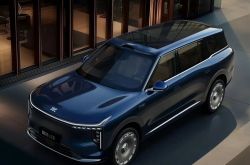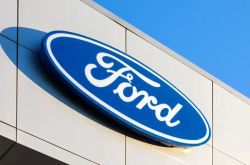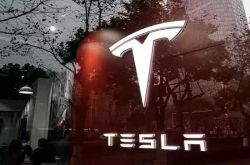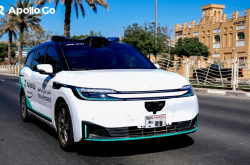Joint Venture Cars at Shanghai Auto Show Embrace a "Made-in-China" Identity
![]() 05/07 2025
05/07 2025
![]() 769
769
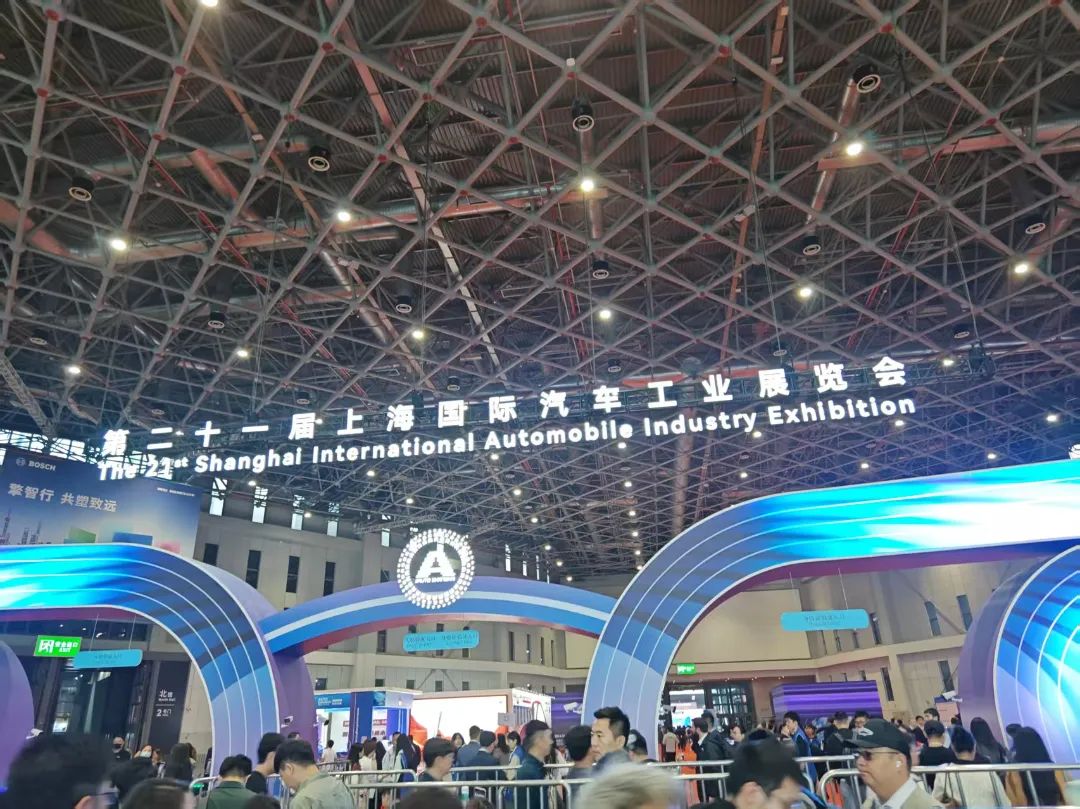
Introduction
The ultimate form of joint venture automakers is already emerging. They are no longer mere "contract manufacturing plants" but an integral part of China's auto industry, serving as a "balancer" for the standardized development of local automobiles.
"Perhaps the spotlight at the National Exhibition and Convention Center was too bright; I couldn't tell which were independent cars and which were joint venture cars." After the 2025 Shanghai Auto Show closed on May 2, Jason summed up his observations thus.
As a car enthusiast outside the industry, Jason's mention of "spotlight" was a joke, but his observations were keenly focused on product functions. A plethora of new joint venture cars now come equipped with intelligent cockpits and assisted driving technologies, and their exterior and interior designs resonate well with Chinese consumer aesthetics. He lingered in front of the BZ7 and Nissan N7 for quite some time.
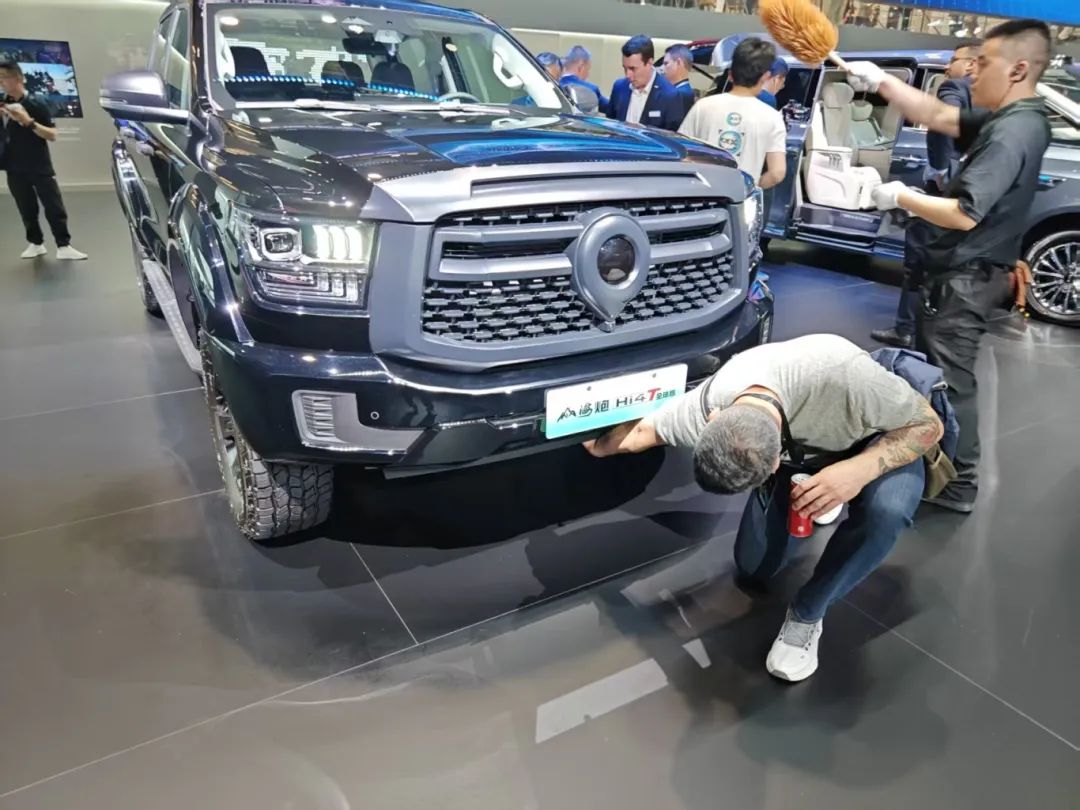
"If the price is the same and the performance is similar, would you choose a joint venture car?" Among friends, there are always those in the car media who like to tease like this.
"Of course, I support independent brands," replied Jason, who switched from a Kia Qianlima to a Chery A3 thirteen years ago, clearly favoring local brands.
"But what if joint venture cars are no longer just Chinese contract manufacturing plants making foreign cars, but instead become cars defined by Chinese people, using Chinese parts and technologies, just with overseas brands? It's like using half of the profits to offer Chinese consumers a wider range of choices and the opportunity to experience German, Japanese, and American-style automotive products," asked Mr. He, a friend known for his deep thinking.
"Then I still hope the other half of the money goes to Chinese companies," Jason's attitude was unequivocal.
"What if this half of the profit is used to introduce healthy competition for Chinese cars? Whether it's to eliminate irregular development or prepare for going overseas, the competitive experience between local and joint venture cars is crucial. Meanwhile, the Chinese market is vast and consumer demand is diverse. There will always be those who prefer the solidity of German cars or the delicacy of Japanese cars. Is half of the profit worth it?"
Jason fell silent, and the conversation turned to discussing the "new definition of joint venture cars".
The industry's biggest annual event had come to a successful conclusion, but the pace of industrial evolution would never cease.
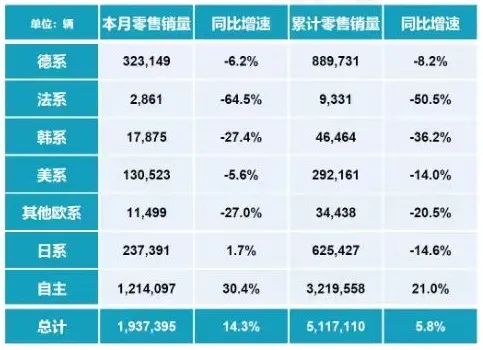
"The retail share of independent brand cars in March was 62.9%," which is certainly good news for China's auto industry as the local pie grows bigger. But it's also good news that joint venture cars are becoming "our own" in terms of product definition, functionality, and competitive dynamics.
Mencius once said, "If there are no legalists and rectifiers within the country and no rival states without, the country will always perish." Born in hardship and thriving in ease has always been the truth on the path of development.
Thus, slogans like "driving joint venture cars to extinction" seem increasingly pale and hollow against the backdrop of this grand Shanghai Auto Show.
01 From "Adviser" to "Definer"
While many still perceive joint venture cars as "foreign parties providing global cars, and Chinese parties acting as contract manufacturing plants," the 2025 Shanghai Auto Show showcased increasingly different new forms of joint venture cars.
"Here, I would like to introduce two very important initiatives for comprehensive localization. First, it's the establishment of the ONE R&D system," said Li Hui, smiling as he introduced Toyota's latest strategy at the Toyota booth after taking up his new position.
If the essence of ONE R&D is research and development integration, bringing together all of Toyota's R&D forces in China—joint R&D institutions, parent companies FAW, GAC, BYD, etc.—into one entity; then the other initiative is the China Chief Engineer RCE system, whose underlying logic is to grant product research and development definition rights to local engineers who understand Chinese users better. As the first Chinese general manager of Toyota Motor (China) Investment Co., Ltd., Li Hui symbolizes Toyota's new stage of localization.
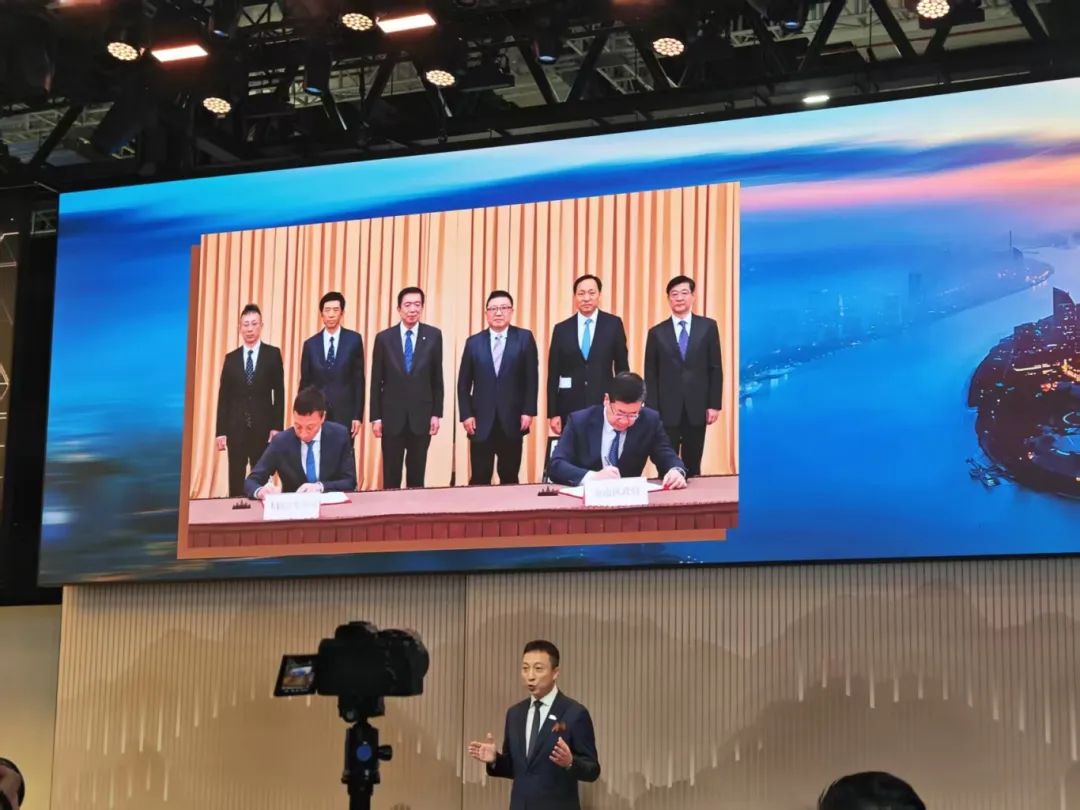
Among joint ventures, Toyota has been among the quickest to pivot. BZ3X has already allowed Toyota to taste the sweetness of deepening localization. This product, jointly developed with GAC, delivered over 10,000 units by the end of April. And BZ7 received widespread praise at the auto show for its excellent exterior design.
Coincidentally, the Volkswagen Group is also pushing localization.
"China is a leader in the global automotive technology transition," said Oliver Blume, CEO of the Volkswagen Group, personally acknowledging China's leadership. In response, Volkswagen is accelerating its efforts in China.
Volkswagen (China) Technology Co., Ltd. (VCTC) in Hefei, Anhui, has become Volkswagen's largest R&D center outside of Germany. After Volkswagen invested 3.7 billion yuan to establish VCTC, the investment before the model launch reached 9 billion yuan. Technologies such as the CMP platform, electric architecture, and intelligent driving systems all originated from VCTC.
Among the new cars brought by Volkswagen at this auto show, FAW-Volkswagen ID. AURA is the first mainstream compact SUV product derived from the CMP platform; the ID. EVO pure electric SUV brought by Volkswagen Anhui, with its 800V high-voltage platform and intelligent driving capabilities, is also a VCTC achievement; Volkswagen's first range-extender vehicle ID. ERA, jointly developed by SAIC Volkswagen and VCTC, emphasizes long range and comfortable driving experience.
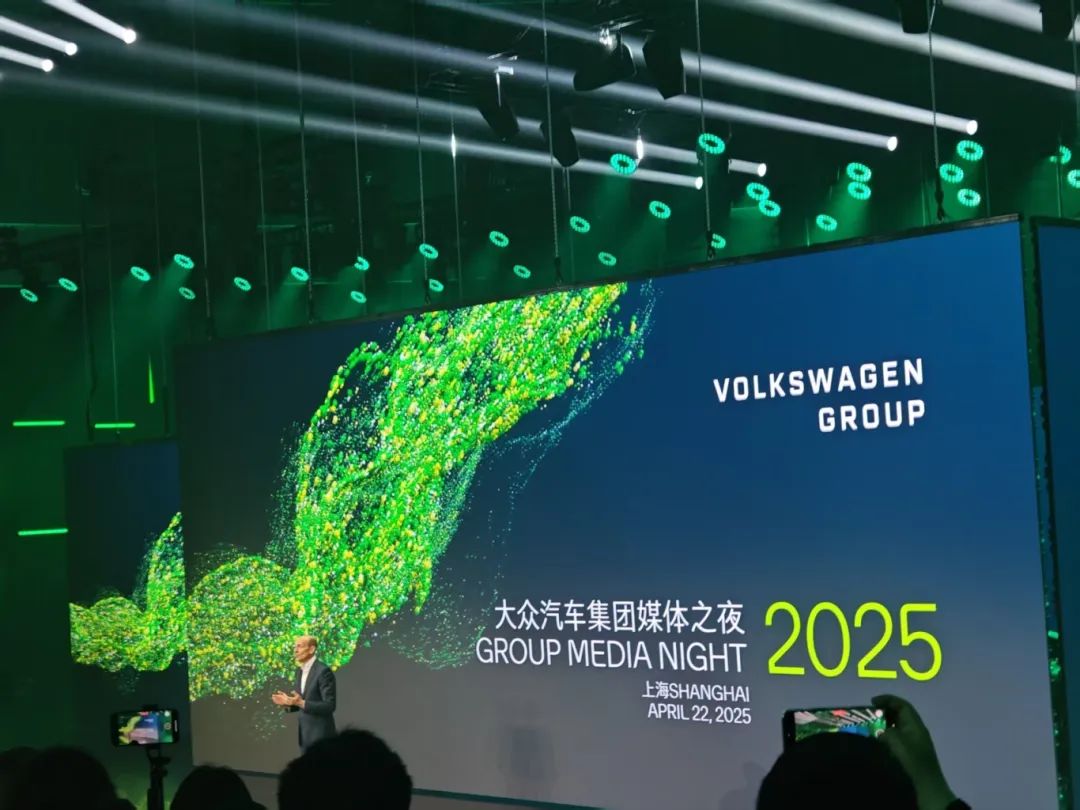
Ge Wande, CEO of Volkswagen Anhui, once said that a significant portion of the Volkswagen Anhui R&D and production teams come from China, even from Hefei, Anhui. Localized employees are key to responding to the rapid transformation of the Chinese market.
Mercedes-Benz, which is about to celebrate its 140th anniversary, is also a practitioner of "further localization." If before 2014, Mercedes-Benz focused on localization adaptation, then 2014-2022 was a transitional period for Mercedes-Benz to build its R&D system in China. With the opening of the Mercedes-Benz Shanghai R&D Center in 2022, the dual-core structure of "Beijing focusing on complete vehicles and new energy technologies, and Shanghai focusing on intelligence and forward-looking design" was formed.
The new CLA, heavily promoted at this Shanghai Auto Show, saw deep involvement from the Mercedes-Benz Shanghai R&D Center in the development of the MB.OS architecture, leading the development of intelligent cockpit and intelligent driving functions.
As Ola Kaellenius, CEO of Mercedes-Benz, repeatedly emphasized "In China, for the World," China has been upgraded from Mercedes-Benz's "largest single market" to a "global innovation hub," with automatic parking technology already feeding back into global models.
Dongfeng Nissan N7's electronic and electrical architecture, Honda P7's pure electric platform, SAIC-GM GL8's plug-in hybrid power technology... almost all come under the leadership of local teams.
As we stroll along the National Exhibition and Convention Center at No. 333 Songze Avenue, the new cars lined up on both sides of the exhibition stands give us a strange feeling: they have maintained their respective "German flavor" and "Japanese style" but are becoming increasingly similar to independent cars in appearance and functionality.
So, is the similarity between joint venture cars and independent cars merely due to convergence in functional definitions? Not really; another factor is called the "industrial chain."
02 From "Technology Dependence" to "Ecological Win-Win"
"We all know that in the era of electrification, one of the most important functions of Tesla entering China was to drive the development of the industrial chain," Mr. He began an analogy. "So, in the era of intelligent vehicles, can joint venture cars once again play such a role in driving the industrial chain?"
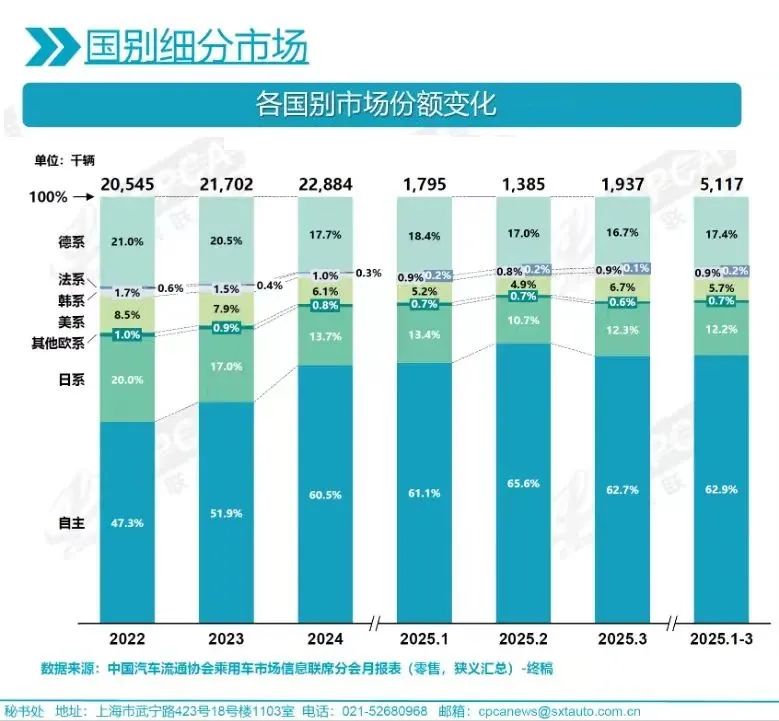
When the intelligent functions of joint venture automakers were criticized as "one generation behind," the 2025 Shanghai Auto Show witnessed the underlying logic of their technological counterattack: deeply binding with China's supply chain.
At the Volkswagen Group Night before the auto show, in addition to unveiling new cars, Volkswagen also highlighted CARIZON, a technology company jointly established with Horizon Robotics. The project aims to provide differentiated ADAS intelligent assisted driving technologies for FAW-Volkswagen, Volkswagen Anhui, and SAIC Volkswagen.
To this end, CARIZON boasts more than 500 experts, 90% of whom are R&D personnel. 60% come from local technology companies, 70% have more than 5 years of experience, and 70% hold master's or doctor's degrees. CARIZON played a crucial role in the intelligent cockpit and assisted driving technologies showcased in the new cars at the auto show. According to the plan, CARIZON has completed the development of L2+/L2++, which will be standard this year, and L3 is already in the pipeline, with a targeted landing date of 2027.
This project not only allows Volkswagen ID. series models to catch up with new forces in terms of intelligence but also propels Horizon Robotics to the throne of assisted driving chip suppliers and even shares a piece of the pie at the level of complete solution suppliers.
Toyota, Honda, Nissan, and other Japanese brands collectively chose Momenta as their intelligent driving solution provider. Various joint venture cars equipped with Momenta's end-to-end large model have realized high-speed driving assistance and urban memory piloting functions. GAC Toyota BZ3X has received positive market feedback with this solution, proving that joint venture brands can fully make up for their intelligence shortcomings through local cooperation.
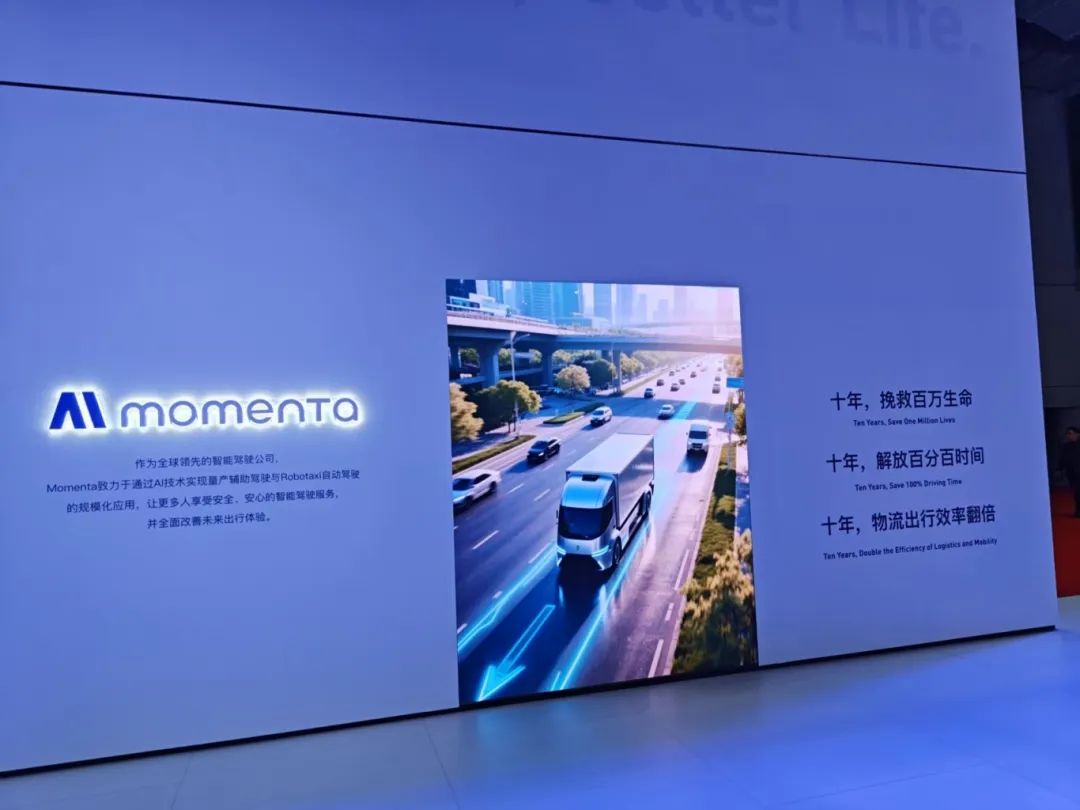
Taking Dongfeng Nissan N7 as an example, this new car, associated with Dongfeng Group's eπ007 architecture, boasts a full-stack self-developed architecture plus local supply chain integration. Its central electronic and electrical architecture, 800V platform, Momenta assisted driving, Qualcomm 8295 cockpit, and introduction of DeepSeek are all results of Nissan closely following China's supply chain.
The localization strategy of joint venture automakers has unexpectedly become a catalyst for cultivating China's supply chain.
Volkswagen cooperates with CATL to develop 6C ultra-fast charging batteries, Audi adopts Huawei's Kunlun system, BMW accesses the DeepSeek large model to optimize human-computer interaction—these cooperations not only enhance the competitiveness of joint venture products but also allow Chinese suppliers' technical standards to penetrate the global industrial chain.
If one Tesla drives the rise of one CATL, then how many supply chains will be driven by Volkswagen, Toyota, Honda, GM, Nissan, Ford, etc.? And how many new promoters for the internationalization of local suppliers will they become?
03 The Tao of Returning to Value
"An unconstrained advantage is the basis for wanton behavior."
An ecosystem with broken balance will always fall into a vortex of barbaric growth and wantonness.
According to data from the China Automobile Dealers Association, in the first quarter of this year, only models priced between 150,000 and 250,000 yuan and 350,000 and 400,000 yuan showed growth, while all others fell.
Behind this is not only the "price war" of independent cars but also the corresponding downward price adjustment of joint venture cars.
When BZ3X was launched, the starting price of 109,800 yuan surprised everyone—the version with lidar-equipped intelligent assisted driving was only 149,800 yuan, completely shattering the label of "high premium" for joint venture brands.
Similarly, Dongfeng Nissan N7 was launched. This medium to large-sized pure electric sedan with a wheelbase of 2915mm entered the heartland of independent brands with a starting price of 119,900 yuan, and orders exceeded 10,000 on the first day of launch.
The pricing strategies of these new joint venture cars not only overturned the traditional perception of cost control for joint venture brands but also announced the arrival of the era of "competition between joint venture cars and independent cars at the same price."
The checks and balances of joint ventures on independents are not only about price but also about rules and industry ethics.
When "assisted driving" is exaggerated as "autonomous driving," and when "cars = mobile phones" make some industry insiders and consumers relax their pursuit of safety, we suddenly realize how important it is to adhere to the traditional values that should be upheld.
When the industry falls into a "competition for stacking materials," joint venture automakers choose to return to the essence. Volkswagen and Toyota always emphasize "safety standards" in their assisted systems. Some joint venture intelligent assisted driving systems need to pass 7,400 tests before mass production; Nissan N7's battery passes the four-needle pricking test without thermal spread, far exceeding national standard requirements.
This adherence to safety and durability has instead become a differentiated advantage in the wave of intelligence. It also throws a bucket of cold water on independents while they are rushing ahead.
The 2025 Shanghai Auto Show unveiled a stark reality: to survive, joint venture automakers must seamlessly integrate into China's automotive ecosystem. This transformation encompasses the shift of R&D leadership, localization of supply chains, and the reconstruction of value, essentially evolving joint venture brands from mere "global product agents" to "co-creators of China's automotive industry".
Another salient truth is that independent carmakers, to achieve sustainable growth and abandon the extreme approach of "reckless competition," require joint ventures to act as a counterbalance, ensuring a healthy equilibrium.
The theme slogan of the Shanghai Auto Show, "Embrace Innovation, Win-Win Future," provokes deep reflection. As joint venture cars proudly proclaim their "uniqueness for China," the ultimate form of these automakers is emerging – they are no longer "contract manufacturing plants" but integral parts of China's automotive industry. This awakening could be the prelude to the eastward shift of the global automotive industry's power center.
Editor-in-Chief: Shi Jie
Editor: Chen Xin'nan


